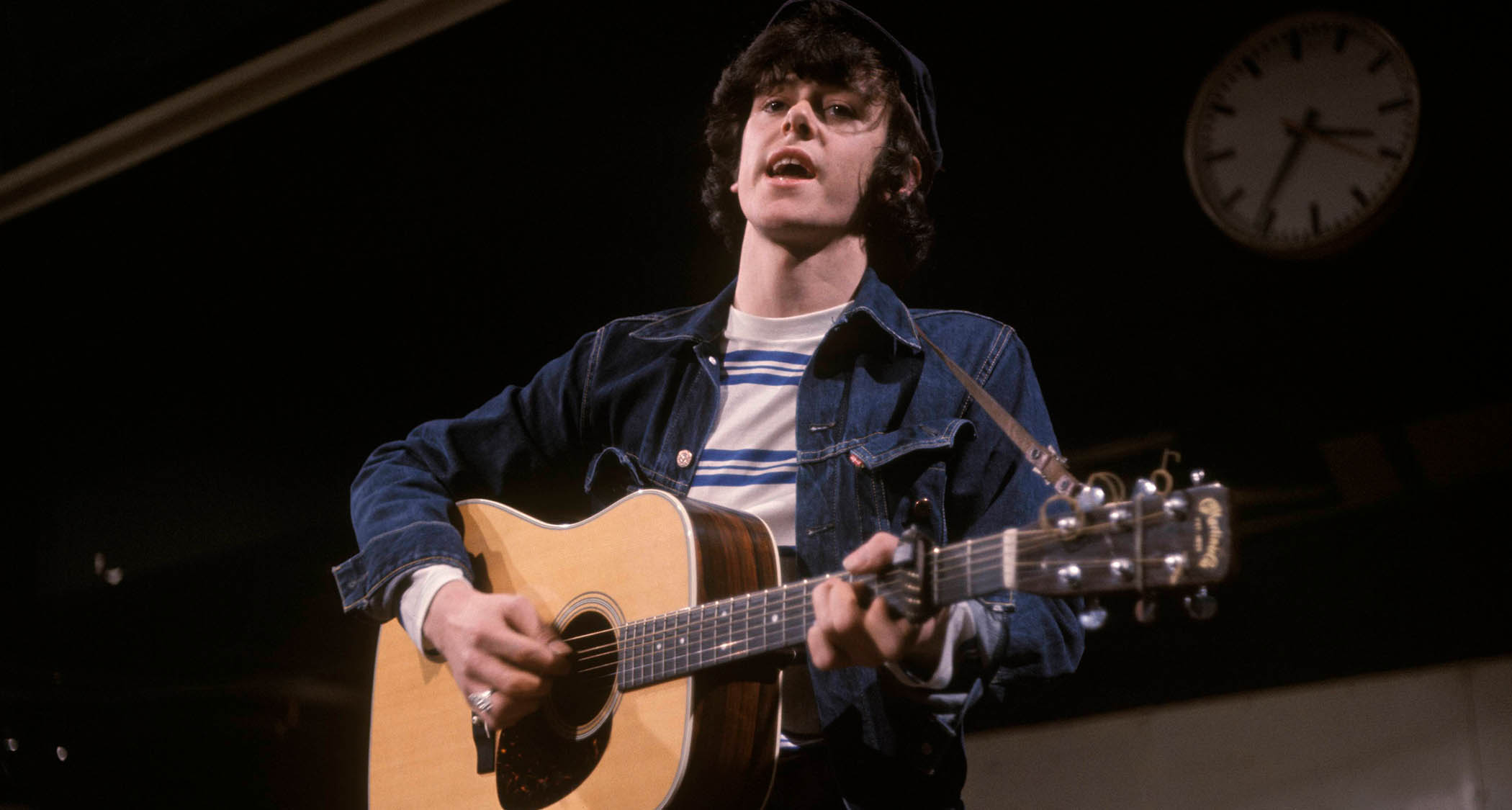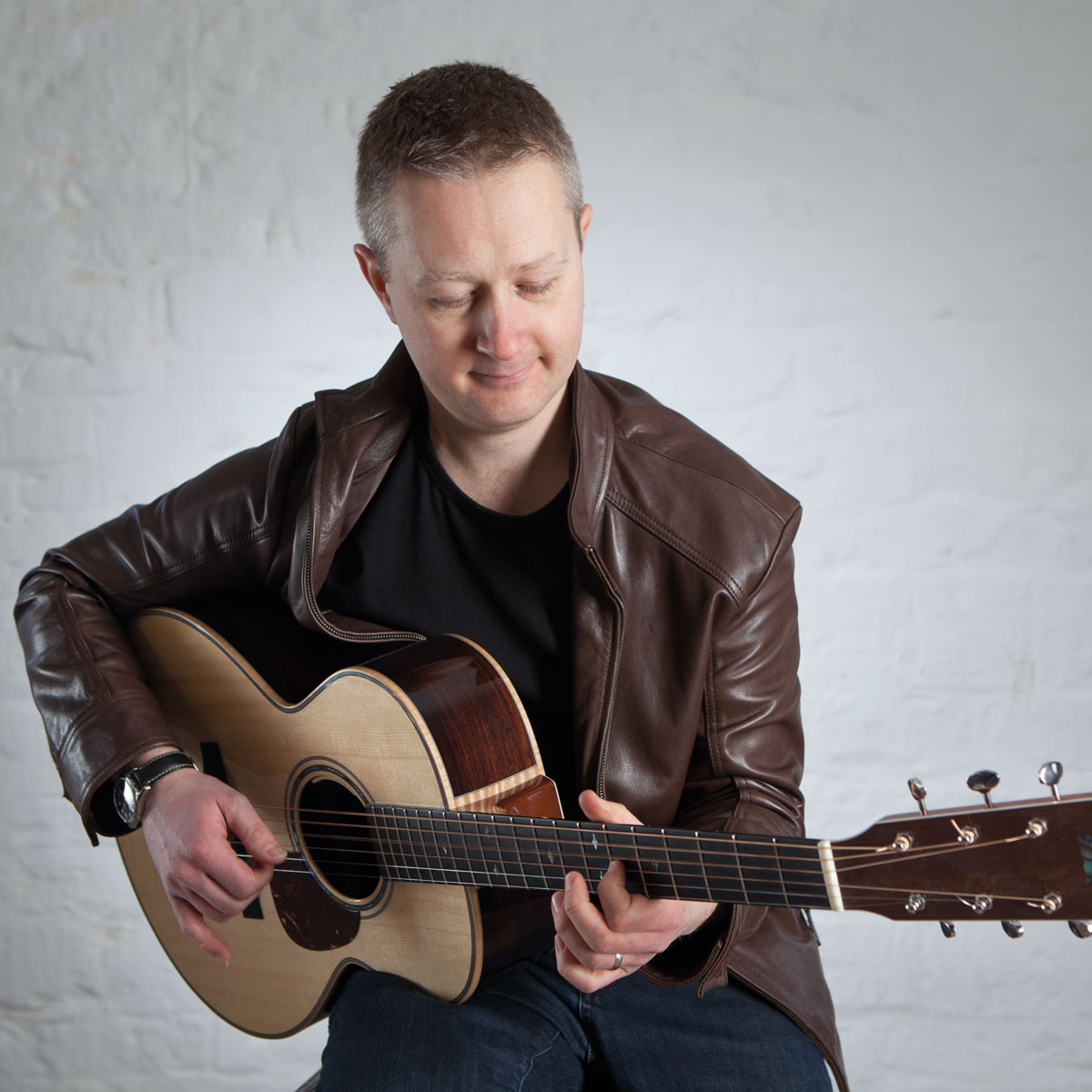He taught John Lennon to fingerpick, shaping future Beatles classics, while the ’60s music press compared him to Bob Dylan – why Donovan is an under-appreciated acoustic guitar great
As legend tells it, he was the man who taught John Lennon to pick. And he sure could write a song. We pay tribute to the flying Scotsman of the Swinging Sixties, Donovan Phillips Leitch, with this lesson in his folk-informed style

In this lesson, we’re going back to the ‘flower power’ era of the mid-late 1960s with a singer-songwriter guitarist who would have an influence on some of the world’s best-loved musicians.
Scotsman Donovan Phillips Leitch was born in 1946 and found fame in a decade when using just your first name could carry you all the way into the mainstream. He emerged from the British folk scene taking a solid grounding in acoustic guitar fingerpicking and combining it with the psychedelic and jazz influences that inspired so many musicians of his time.
By 1965 he was already finding fame through hit records and appearances on iconic TV shows of the day like Ready Steady Go. International success came the following year with Sunshine Superman and Mellow Yellow, perhaps his best-known song, reaching the top 10 in America.
It’s a well-known fact that towards the end of the 1960s he befriended John Lennon and taught him the fingerpicking patterns that Lennon would employ in Beatles classics Dear Prudence and Julia among others. Famously he was also compared to Bob Dylan in a 1960s-style Blur vs Oasis rivalry that was ramped up by the UK media.
Dylan was certainly an influence on Donovan but in truth both were strongly shaped by US folk legend Woody Guthrie and English folk pioneer Martin Carthy. Both Donovan and Dylan’s writing and fingerpicking styles share the hallmarks of these two greats so it’s easy to see why Donovan was frustrated with the comparisons at the time.
Donovan’s guitar style is perhaps best approached in two eras. He was initially taken by folk players who were local to him while growing up, like Mac Macleod and the aforementioned Guthrie and Carthy. By the mid 1960s, however, his influences changed, and he started to immerse himself in psychedelia, blues, jazz, and the West Coast sound of America.
This is perhaps the more interesting era of Donovan to study as he departs from simple guitar chord accompaniment to more Eastern and psychedelic sounds in his playing, which take onboard drone strings and more unpredictable chord progressions.
All the latest guitar news, interviews, lessons, reviews, deals and more, direct to your inbox!
This piece has an almost modal quality as just one chord shape is moved up and down the neck through various key centres with the open third string acting as a drone throughout.
While this seems like a simple way of writing, it’s contingent on the chord shape working against the open string as it moves, and of course you then have to factor in the skill of working a vocal melody and lyric over the top.
Although our photo shows him with a Martin dreadnought, Donovan was best known for his cherry sunburst Gibson J-45. His fame waned in the 1970s but he made several comebacks in the ensuing decades, a testament to his skills as both songwriter and guitar player.
Get the tone
Amp Settings: Gain 3, Bass 7, Middle 6, Treble 7, Reverb 2
Donovan played both of the classics during the 1960s: a mahogany-bodied Gibson J-45 and a rosewood Martin D-28. The Gibson will give you a brighter, midrangey tone while the Martin guitars tends towards warmth and a bigger bass. Really, all acoustic guitarists should have one of style of instrument. I recorded this on a Martin Custom Expert 1937 D-28.
Study Piece
Bars 1-16: Donovan is an adept fingerpicker whether he is using the bluesy alternating bassline approach or the folky classical style, maximising the picking-hand fingers.
Here you can use the traditional fingerpicking approach throughout, where the picking hand thumb takes the sixth string, the first finger plays the third string, the second finger for the second string, and finally the third finger for the first string.
Bars 17-32: Using parallel shapes like these can be a surprisingly effective writing tool (Pete Townshend did it on I Can See For Miles, too). The open third string is a drone that acts as a hinge throughout the progression.
It’s also a great ear training tool as you can hear how the open G colours each moving shape. Writing like this is a great way of moving through several key centres and if done well the whole piece flows without feeling jarring.
Stuart Ryan is best known for his acoustic guitar playing, from Celtic fingerpicking and traditional folk to modern percussive phrasing and fresh interpretations of popular pieces. He has released several solo albums, written pieces for UK examination boards and created nine tutorial books ranging from acoustic guitar arrangements to Americana styles.



